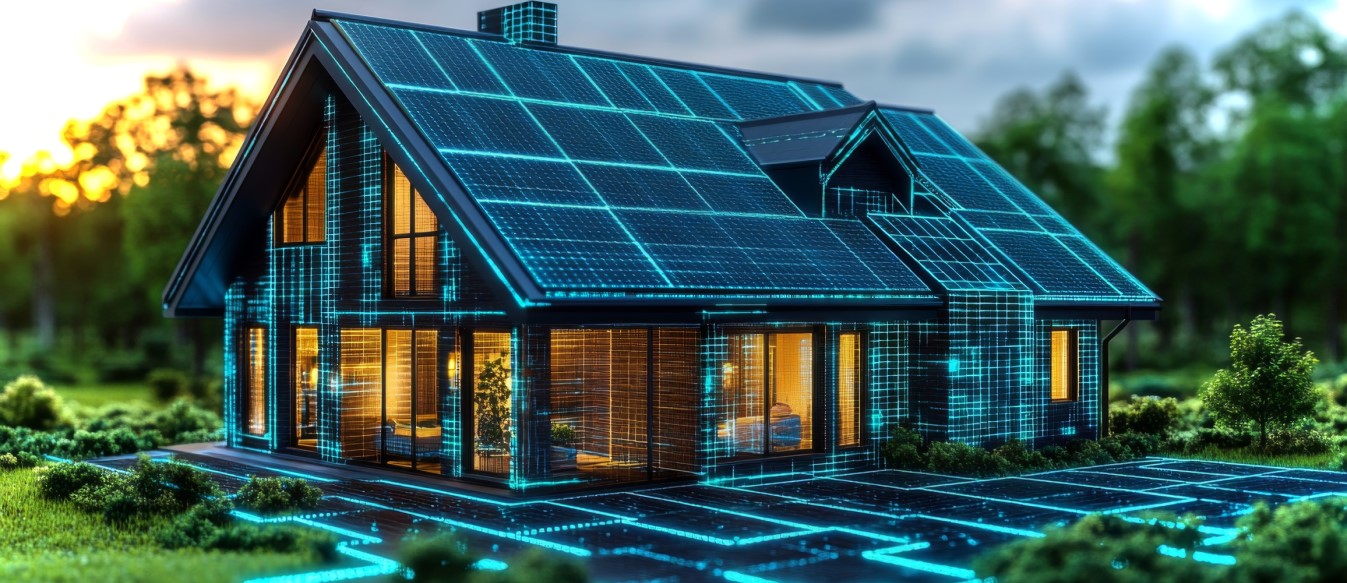Smart Strategies to Be Energy Efficient in Your First Home
Buying your first home is an exciting journey, but along with the joys of homeownership come new responsibilities, including managing household expenses. Among these, one of the most significant recurring costs is your electric bill. Fortunately, there are several practical strategies you can implement to reduce energy consumption and lower your monthly electric expenses. Whether you're considering using an FHA loan for your mortgage or simply looking to make your new home more energy-efficient, these tips will help you save money while minimizing your environmental footprint.
1. Upgrade to Energy-Efficient Appliances
Older appliances can be major energy hogs, consuming more electricity than their newer, energy-efficient counterparts. When purchasing your starter home, take stock of the appliances already installed and consider upgrading to models that have earned the ENERGY STAR® label. These appliances meet strict energy efficiency guidelines set by the U.S. Environmental Protection Agency and the Department of Energy, ensuring they use less energy while delivering the same or better performance.
Tip: Focus on appliances that consume the most energy, such as refrigerators, dishwashers, washing machines, and water heaters. While upfront costs may be higher, the long-term savings on your electric bill can make the investment worthwhile.
2. Install Energy-Efficient Lighting
Traditional incandescent light bulbs are inefficient and waste a significant amount of energy as heat. Replace these bulbs with energy-efficient alternatives such as LED (Light Emitting Diode) or CFL (Compact Fluorescent Lamp) bulbs. LED bulbs, in particular, use up to 80% less energy than incandescent bulbs and can last significantly longer, reducing replacement costs over time.
Tip: Consider installing smart lighting systems that allow you to control lighting remotely or program schedules to optimize energy use. Motion sensor lights in outdoor areas can also save energy by ensuring lights are only on when needed.
3. Improve Home Insulation and Seal Air Leaks
Proper insulation and sealing air leaks can dramatically reduce heating and cooling costs by improving your home's energy efficiency. Inadequate insulation and drafts can force your HVAC system to work harder to maintain a comfortable indoor temperature, leading to higher energy consumption and increased utility bills.
Tip: Check for gaps and cracks around windows, doors, and electrical outlets where air may be leaking. Seal these with caulk or weatherstripping to prevent heat loss in winter and cool air loss in summer. Consider adding insulation to attics, crawl spaces, and basement walls if they are poorly insulated.
4. Use Programmable Thermostats
Heating and cooling account for a significant portion of home energy use. Programmable thermostats allow you to automate temperature settings based on your schedule, reducing energy consumption when you're asleep or away from home. Some smart thermostats can even learn your preferences and adjust settings automatically to maximize energy savings without sacrificing comfort.
Tip: Set your thermostat to lower temperatures in winter and raise temperatures in summer when you're asleep or away from home. Aim for a comfortable but energy-efficient temperature range during occupied hours to optimize savings.
5. Practice Energy-Efficient Habits
Beyond technology and upgrades, simple changes in your daily habits can contribute to significant energy savings over time. Adopting energy-efficient habits not only reduces your electric bill but also promotes sustainability and environmental responsibility.
Tips for Energy-Efficient Habits:
-
Turn off lights and appliances when not in use: Encourage household members to switch off lights, TVs, computers, and other electronics when leaving a room or not actively using them.
-
Use natural light and ventilation: Take advantage of natural daylighting by opening curtains and blinds during the day. Use ceiling fans or open windows to improve ventilation instead of relying solely on air conditioning.
-
Limit hot water usage: Heating water can account for a substantial portion of your energy bill. Use cold water for washing clothes, and consider installing low-flow showerheads and faucets to reduce hot water consumption.
-
Unplug idle electronics: Many electronics and appliances draw power even when turned off or in standby mode. Use power strips to easily disconnect multiple devices when they're not in use.
-
Regular maintenance of HVAC systems: Keep your heating and cooling systems well-maintained by replacing filters regularly and scheduling professional maintenance as recommended by the manufacturer.
Reducing your electric bill in your starter home is not only about saving money but also about promoting energy efficiency and sustainability. By implementing these strategies—upgrading to energy-efficient appliances, installing energy-efficient lighting, improving home insulation, using programmable thermostats, and practicing energy-efficient habits—you can significantly lower your monthly energy costs while enjoying a comfortable living environment.
For first-time homebuyers considering using an FHA loan for their mortgage, these energy-saving measures can also enhance the overall affordability and sustainability of homeownership. Lowering energy expenses means more disposable income for other priorities and a reduced environmental impact. As you embark on your journey to homeownership, prioritize energy efficiency as a smart investment that pays off both now and in the future. With informed choices and proactive measures, you can create a home that is not only comfortable and inviting but also efficient and cost-effective to maintain.
